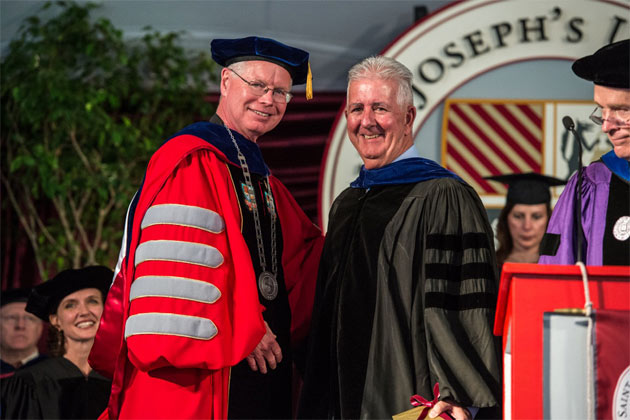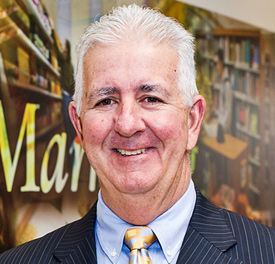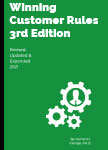The foodservice industry has witnessed dramatic change in the last few years. Since the onset of the recession, the industry has seen a reduction in the number of operator units, increased regulation, higher food and energy costs, and intense competition at all levels. In the face of these changes, many have recognized that improved collaboration between trading partners—especially distributors and manufacturers—is an area ripe for progress and potential reward.
During the past three years, the International Foodservice Distributors Association (IFDA), with assistance from the International Foodservice Manufacturers Association, has pursued concrete steps their members might take to improve collaboration and trust. Led by IFDA Peck Fellow Dr. Richard George of St. Joseph’s University, the project has now released a final report, Collaboration Works! The members-only report details pilot projects with eight distributors and five manufacturers that developed and tested a collaboration model and established metrics to measure progress. Beyond defining the model and metrics, the report includes feedback from pilot project teams that provide insights about commitment requirements and benefits that can be achieved by greater collaboration.
The pilot was built upon 2009 research that worked to define the current state of the distributor/manufacturer relationship. Interviews with industry leaders for that research underscored the fact that the current model continues to erode trust, and that distributors and manufacturers could benefit from a more collaborative model that includes better defined business strategies, shared commitments, enhanced transparency, and data exchange.
“The question before us was how to migrate towards the new paradigm,” said Dr. George, professor of food marketing at the Haub School of Business at St. Joseph’s University, who led the effort. “We concluded that a lack of trust emanates from a lack of understanding, which comes from a lack of real engagement and transparency. To move forward, distributors and manufacturers need to engage in face-to-face planning and a sharing of expectations of what the partnership is going to deliver and who does what for whom. In addition, trading partners need to set measurable goals, based on a scorecard approach to what the partnership is achieving,” said George.
Efforts turned to establishing a collaboration model that is easy to understand and implement. The model includes five components:
- Understanding how your channel partner works,
- Agreeing to share information intensively but selectively,
- Identifying and agreeing to the dimensions of collaboration,
- Developing model metrics, and
- Engaging in a systematic post-mortem of the results and process.
.
Metrics used in the collaboration model involved three key areas: sales and profitability growth (7 metrics), supply chain efficiency (12 metrics), and customer centric strategic business management (4 metrics).
Results for participants were encouraging. “Most teams reported increases in new item sales with partners,” said Dr. George, “and growth rates reported by these partners during 2011 were, on average, 10 to 15 percent greater than in 2010 and 10 to 15 percent higher than overall market growth rates in 2011.” While some supply chain efficiency metrics were either not measured or reported, those that were showed positive results. On-time delivery rates on average improved from 90 to 95 percent. Fill rates with partners improved from 95 to 98 percent. Out of stocks with trading partners improved by a range of 15 to 50 percent.
Overall, said Dr. George, it appears that the collaboration pilot project was helpful in improving the relationship between foodservice distributors and manufacturers. It broadened the conversation by identifying and reporting mutually useful metrics and it “deepened the relationship” by increasing mutual understanding of how each party measures progress in the marketplace, said Dr. George.
The report was provided to IFDA membership (member leadership and top procurement executives) in August 2012, and IFMA also shared out the report with their manufacturer members. Additional copies of the report are available to IFDA members by contacting Carolyn West at IFDA at (703) 532-9400.
Courtesy of IDFA Online.
 RSS
RSS 




 by Richard J. George, Ph.D. (2021)
by Richard J. George, Ph.D. (2021)
 by Richard George & John Stanton
by Richard George & John Stanton